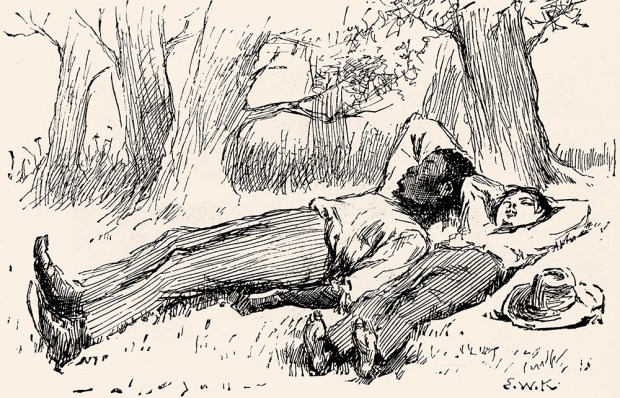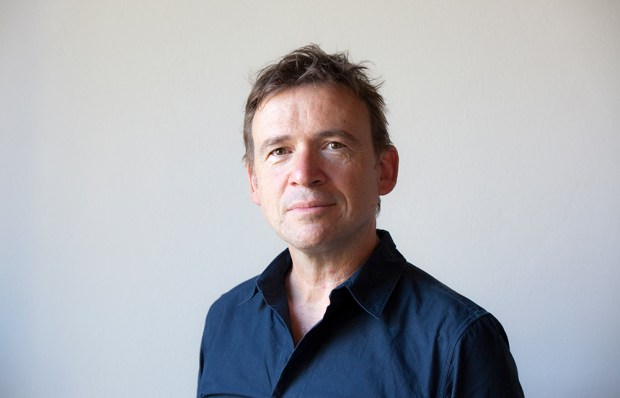‘Peace — slept for 14 hours. The roar of the sea slashing the rocks — is there any more soothing sound in the solar system?’ Although this observation was made by Chips Channon at Sandwich after the rigours of electioneering in 1935 it could be aptly cited in this novel by the radiation physicist Agustín Fernández Mallo. These past 15 years he has evolved a method in which, owing something to Borges and perhaps early Nicholson Baker, troubled narrators’ outlandish events draw seamlessly upon everything around them; on the page, advertising hoardings, the screen or mind, these fragments are shored against their ruins, catching our world in its present flux.
A narrator in The Things We’ve Seen ponders the use of red in films; the fact that, seen in black upon a map’s outline, the Bilbao Guggenheim resembles a gun as it fires a bullet (the accompanying photograph certainly makes one speculate about Frank Gehry’s subconscious); and, in bed on the Normandy coast, she adds:
There was nothing obstructing the keen wind, but it whistled and whispered by, creating sounds that seemed like words; I kept on hearing the word ‘marine’ and started repeating it to myself. Maybe this was how language was born, I thought: with a restless wind which mouths then started to imitate.
Mallo’s first fiction appeared as three novellas known as The Nocilla Trilogy. As an endnote revealed, it is no interplanetary reference but the Spanish brand name of the spread made of hazelnut and chocolate known here as Nutella. (One thinks of the beer which inspired Anthony Burgess’s Time for a Tiger.) Mallo’s novellas, however down-at-heel their circumstances, are more savoury than such spreadables. Long as it is, his new book, traversing the world, can appear as a series of novellas: a man sneaks a visit to the uninhabited island San Simón, used as an extermination camp in the Civil War; a preoccupied woman tours coastal Normandy; a frazzled Kurt Montana claims to be the unknown fourth man, out of sight behind the Moon landing’s camera.
As these pages knit together, conspiracy theory meets the recondite (mud’s multiple benefits being ‘both a proven contraceptive and, when ingested in high quantities, capable of engendering mystical experiences’). These pages have a similar spirit to Flaubert’s Parrot, The Debt to Pleasure and The Anatomy of Melancholy — a challenge well met by the translator, Thomas Bunstead.
Got something to add? Join the discussion and comment below.
Get 10 issues for just $10
Subscribe to The Spectator Australia today for the next 10 magazine issues, plus full online access, for just $10.
You might disagree with half of it, but you’ll enjoy reading all of it. Try your first month for free, then just $2 a week for the remainder of your first year.














Comments
Don't miss out
Join the conversation with other Spectator Australia readers. Subscribe to leave a comment.
SUBSCRIBEAlready a subscriber? Log in